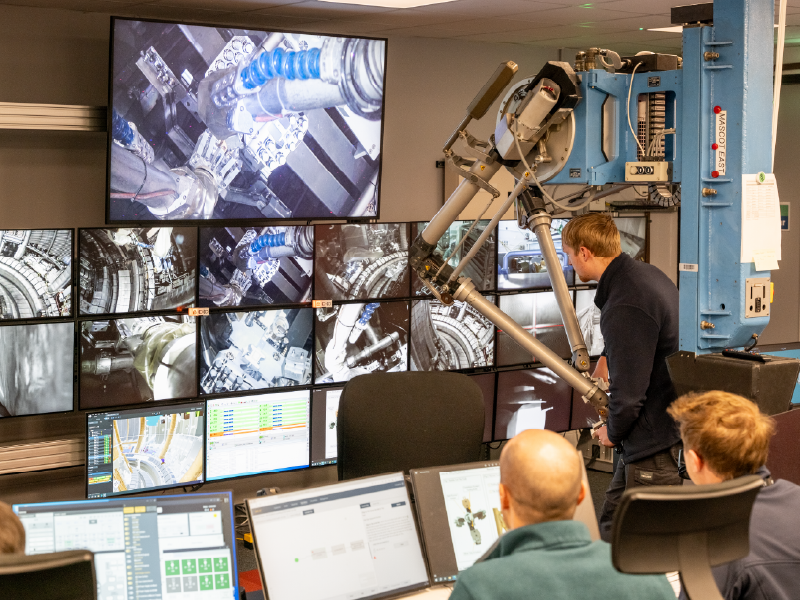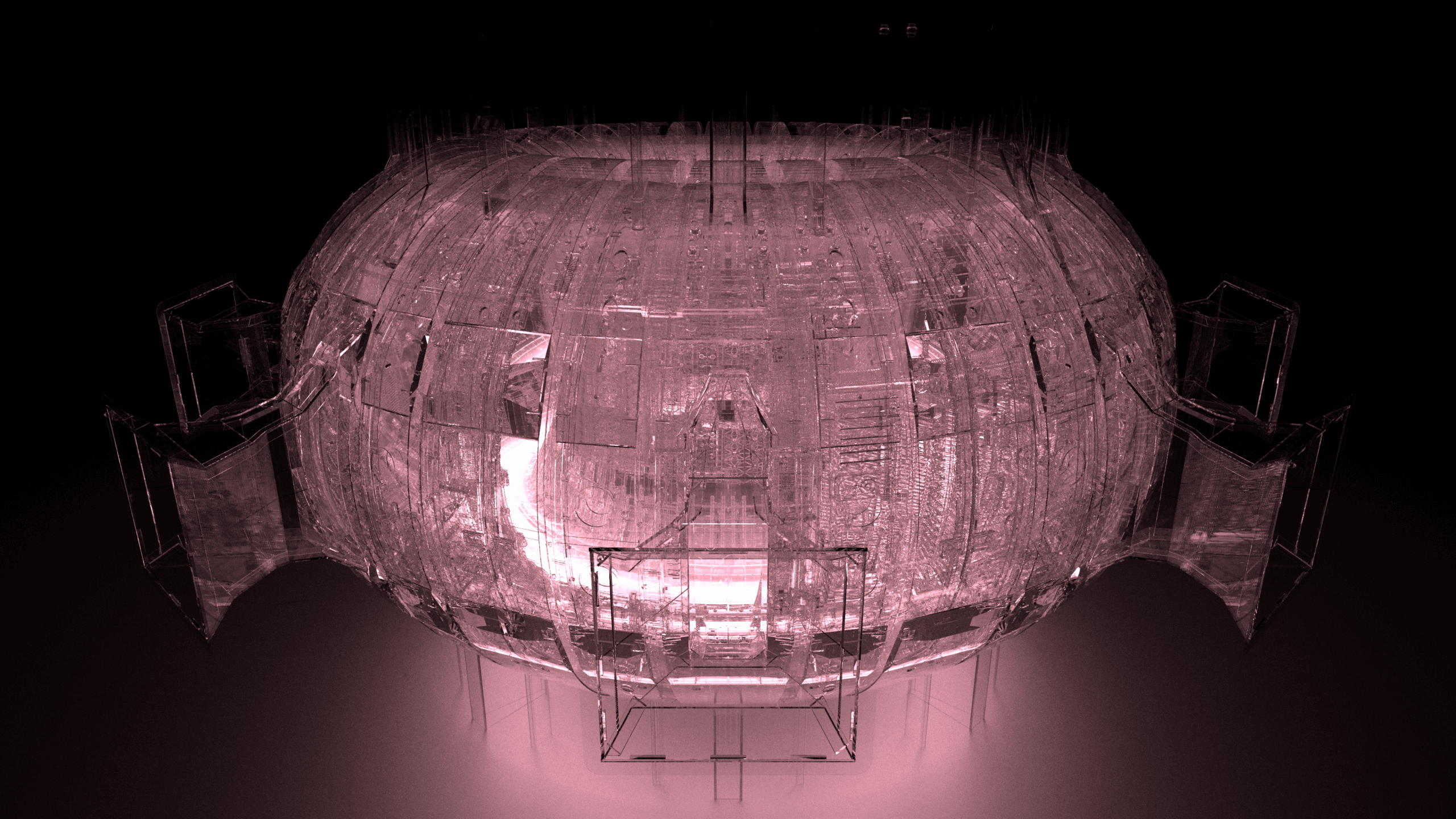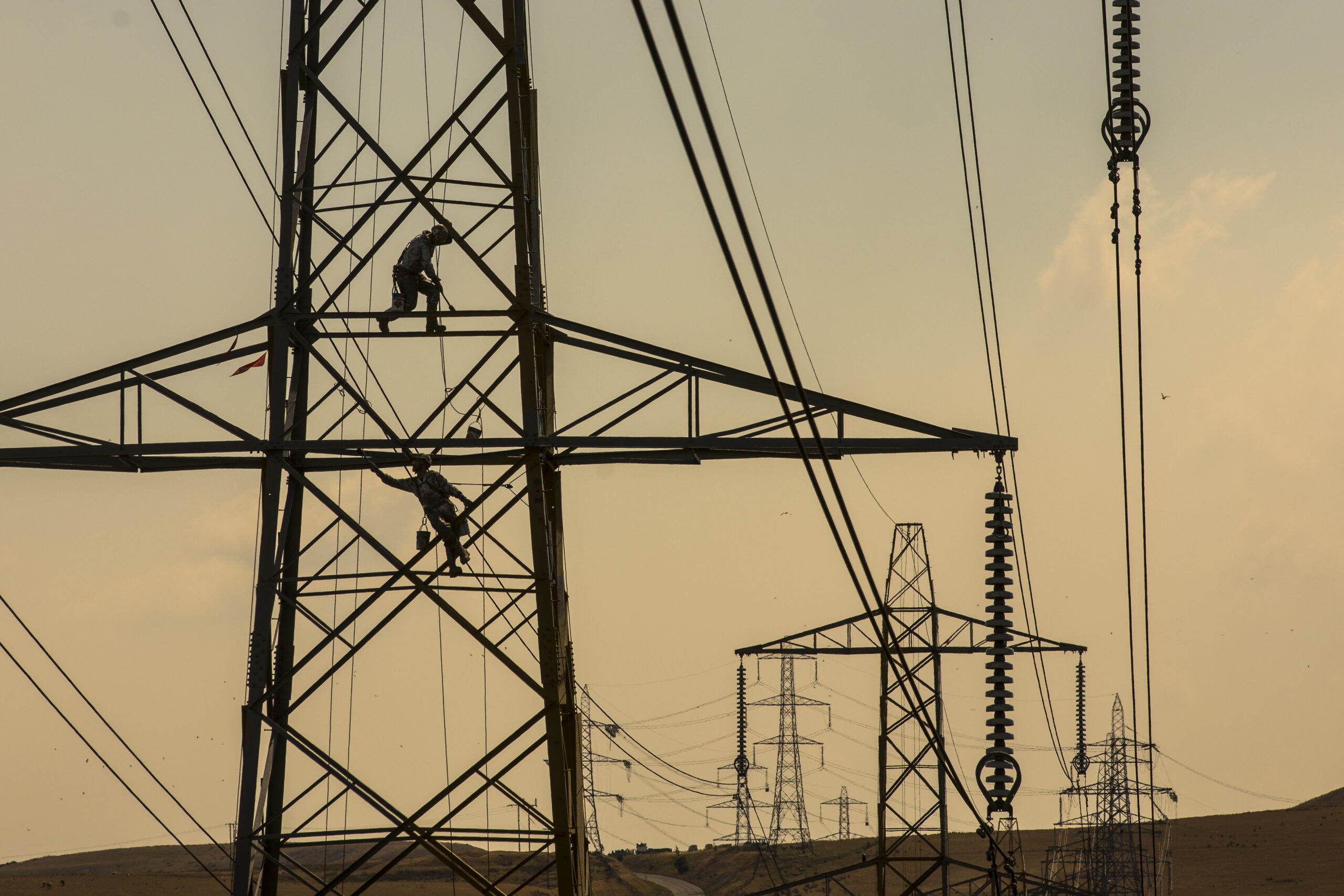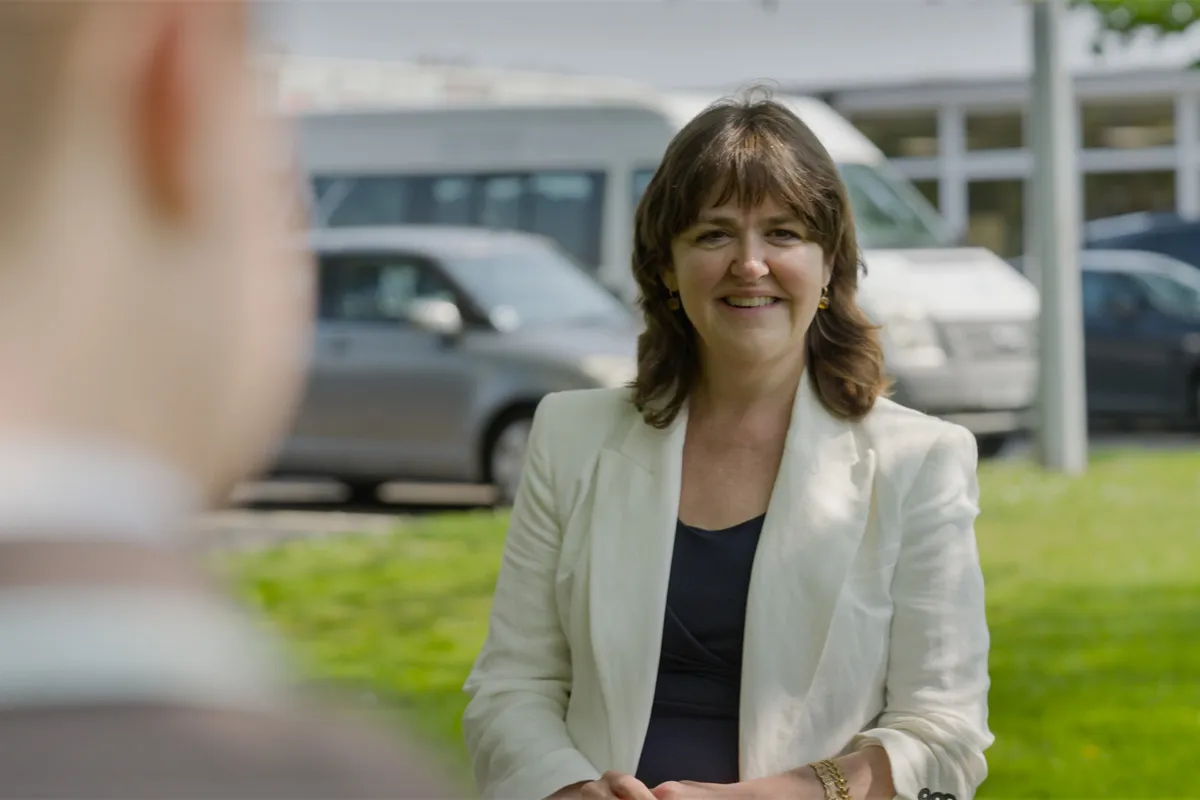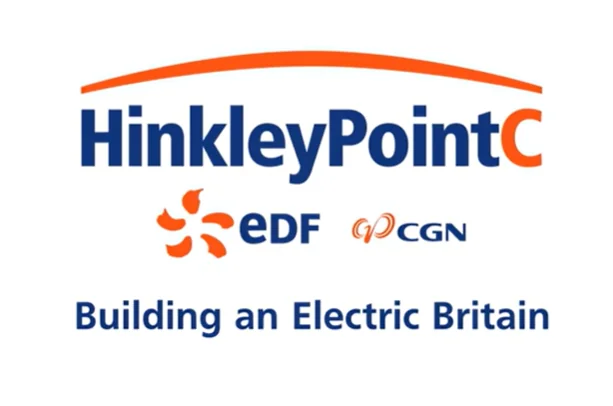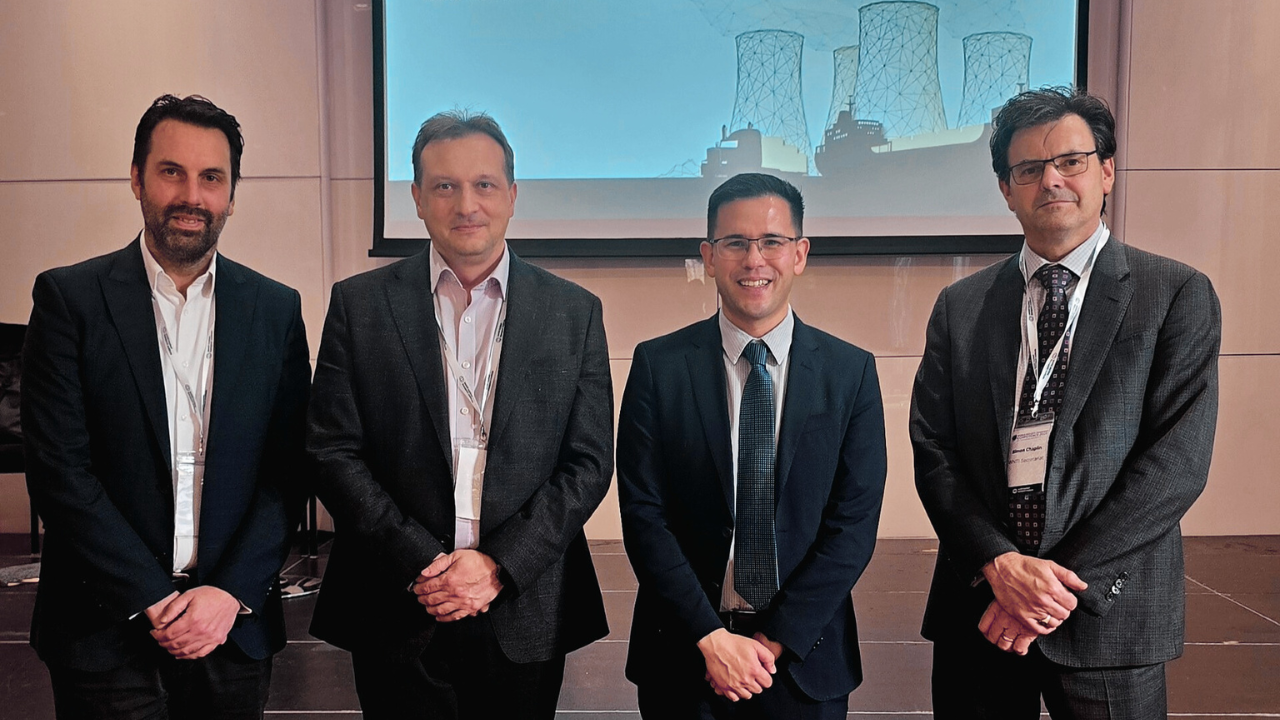The UK Atomic Energy Authority (UKAEA) has successfully developed and deployed remote handling technologies, as part of the decommissioning of the Joint European Torus (JET).
Through the characterisation and analysis of materials including beryllium, tungsten and Inconel, JET continues its 40-year legacy of world-leading research and development, informing and enabling a sustainable fusion energy sector.
JET plasma science operations concluded at the end of December 2023, beginning a transition into the JET Decommissioning and Repurposing programme (JDR) scheduled to last until at least 2040.
UKAEA has committed to decommission JET in a sustainable manner, and to use the programme as a showcase for technologies which are applicable both in fusion and adjacent sectors.
A critical early project has been the sample retrieval campaign. Sixty-six tiles and components were removed from JET in late-2024, which are now being processed and studied to assess the key physical, chemical and radiological properties of the materials. The results will help inform how JET is decommissioned.
The tiles and components that have been recovered are also giving an initial indication of the impact of years of high-powered plasmas on plasma-facing components.
During JET’s final pulses, scientists looked to improve their understanding of damage mechanisms. This included multiple intentional plasma disruptions and the associated electromagnetic forces, and aiming electrons at JET’s inner wall. By purposely creating these conditions they were able to see surface melting and the reverse waterfall effect, providing unique insights that will assist in mitigating these issues in future fusion machines.
Samples will continue to be analysed by UKAEA experts from the Tritium Fuel Cycle and Materials divisions, and by staff at EUROfusion laboratories across Europe as part of ongoing multi-national research programmes.
At the same time, UKAEA will be upgrading its remote handling system to deliver the first phase of in-vessel decommissioning, where c.3,700 components will be removed from JET.
A full upgrade of JET’s operating booms began in 2019. This upgrade included the installation of the Remote Handling Operations Virtual Reality (RHOVR), which harnesses the Unreal Engine. Better known for its use in video games, this creates hyper-realistic 3D environments and has been used in other decommissioning programmes, including at Sellafield.
Steve Gilligan, Engineering Integration Manager, JET Decommissioning and Repurposing, UKAEA:
“The sample retrieval operation was a huge success, demonstrating new capabilities and technologies. The team, which included newly trained operators, deployed the remote handling system, removing over 60 samples from the vessel. In addition, a collaboration with EUROfusion to carry out LIBS experiments – Laser Induced Breakdown Spectroscopy – gives us another view of the material properties in the vessel that will help for the future planning of JET decommissioning and take fusion science forward.”
Lewis Simmons, Lead Waste Engineer, JET Decommissioning and Repurposing, UKAEA:
“We ran the tokamak quite ferociously up until the end of its operations, pushing scientific boundaries and breaking records in the process. This all affects materials. The sample retrieval programme removed some of our most interesting and complex materials and undertaking experiments or analysis on these materials gives an indication what the rest of the tokamak system will look like. It gives us a good opportunity to benchmark all of our predictive models, and to plan for full-scale decommissioning.”
In addition to LIBS, in 2023 UKAEA also developed and implemented Laser Induced Desorption with Quadruple Mass Spectrometry (LID-QMS), a method of measuring the adsorption of tritium and other elements onto tiles and components inside the JET vessel using high powered lasers.
Yevhen Zayachuk, Plasma Materials Surface Scientist, UKAEA:
“LID-QMS and LIBS are techniques that are being developed now for the use in future fusion power plants, that will allow us to monitor in real-time, or near-real-time, the dynamics of accumulation of fuel within the material of the wall. The studies of samples removed from the JET vessel will be used in order to support the development of these techniques. This is a complicated process and will involve the labs that have previously worked with JET components and will be doing so in the future.”
ENDS
For more information, please contact:
Mike Bridge, Media & Communications Manager, via email: [email protected]
Notes to editors:
Photo Caption: Sample retrieval work carried out at UKAEA’s Remote Handling Control Room (RHCR) – Image credit: United Kingdom Atomic Energy Authority
About the United Kingdom Atomic Energy Authority
The United Kingdom Atomic Energy Authority (UKAEA) is the UK’s national fusion energy research organisation. We are an executive non-departmental public body of the Department for Energy Security and Net Zero (DESNZ).
UKAEA’s mission is to lead the delivery of sustainable fusion energy and maximise the scientific and economic benefit. We do this by being technical experts, partnering with companies and the international research community.
At the core of UKAEA’s efforts is the operation of world-leading facilities that build a comprehensive knowledge base for fusion energy. By addressing and solving the challenges across the full lifecycle of fusion, and integrating solutions from various disciplines, we establish technical centres of excellence that serve as the foundation for future fusion power plant programmes.
UKAEA collaborates with its partners to develop fusion power plants by providing access to our skills, facilities and expertise. UKAEA owns UK Industrial Fusion Solutions (UKIFS) on behalf of the UK government. Through UKIFS, we’re spearheading the Spherical Tokamak for Energy Production (STEP) programme to design and build the UK’s first prototype fusion energy power plant in Nottinghamshire.
To grow the fusion ecosystem, UKAEA focuses on cultivating skilled talent, growing the fusion industry and creating ‘innovation clusters’. We actively seek opportunities to advance fusion technologies and communicate its vast potential to stakeholders and the public alike to accelerate fusion energy’s future – the energy of tomorrow we need today.
More information: https://www.gov.uk/ukaea. Social Media: @UKAEAofficial
About fusion energy
When a mix of two forms of hydrogen (deuterium and tritium) is heated to form a controlled plasma at extreme temperatures – 10 times hotter than the core of the Sun – they fuse together to create helium and release energy which can be harnessed to produce electricity. There is more than one way of achieving this. UKAEA’s approach is to hold this hot plasma using strong magnets in a ring-shaped machine called a ‘tokamak’, and then to harness this heat to produce electricity in a similar way to existing power stations.
Additional notes
- JDR is the first time that a deuterium-tritium fusion machine is being decommissioned in a manner which takes into account a full range of scientific research projects which will inform and influence the full life cycle of future fusion power plants
- JDR is a platform to develop and test new technologies which could be deployed and implemented within adjacent sectors, thereby providing an ideal opportunity for UK innovation to be showcased
- JDR will release land from the JET estate and assets from JET’s support systems to be repurposed in other fusion programmes, thereby saving money and providing intangible benefits such as knowledge transfer
- JDR will facilitate inward investment into the UK decommissioning, engineering and technology supply chains
